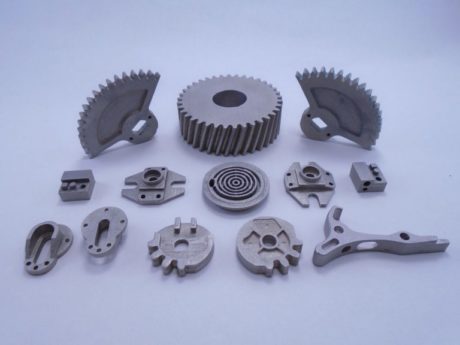 The developments in the field of new materials for gears and transmissions are always very topical and deserve being monitored regularly. It is, however, a broad theme subjected to different interpretations and considerations, characterized by time horizons that range from the immediate application to the futuristic.
The developments in the field of new materials for gears and transmissions are always very topical and deserve being monitored regularly. It is, however, a broad theme subjected to different interpretations and considerations, characterized by time horizons that range from the immediate application to the futuristic.
In some cases, the novelty consists in the extension to other applications of materials already used in the ambit of power transmissions featuring excellent performances and power density, like helicopters or race cars: this case involves, for instance, steels with particular alloys, typically obtained through processes aimed at reducing defects and able to assure high fatigue strength and, sometimes, also other requisites, like the capacity of withstanding high temperatures or corrosion.
It is certainly a trend in course and concerns application fields for which it does not seem realistic to find alternatives to steel or anyway to metal alloys in short times, at least for gear cutting. The cost represents the main hindrance to the diffusion of these materials.
At the opposite extremity I would position nanomaterials, at which research centres are working worldwide and which already find application in some fields even if, as a sensation, they do not seem to represent a solution for power transmissions in short times.
In the middle, there are perhaps not brand-new materials, as category, which however go on evolving and increasing performances, with a consequent displacement of applicability limits. Otherwise, materials whose novelty does not reside so much in their essence but instead in the manufacturing technology: it is the case of metal alloys, and of steels in particular, used in the 3D printing of machine organs, which is opening new frontiers not only in terms of intrinsic mechanical performances but, even more, of possibility of implementing design solutions, able to assure either lightness or dynamic properties, not achievable with conventional technologies.
Moreover, it is increasingly emerging that a toothed wheel, although apparently simple, represents a complex component expected to match different functions, not all optimizable by using a single material. A steel toothing manufactured with the current technologies, for instance, is still unequalled concerning fatigue, bending and contact performances but the same steel does not necessarily represent the optimal solution for the wheel body, which might instead benefit from a lightweight geometry, achievable with an additive process, or from the use of a technopolymer to modify its dynamic behaviour. For these reasons, composite or hybrid gears fully fall within the current trend oriented to the use of new materials or, anyway, to a different approach to design with materials.
Therefore, steel gear teeth can benefit from very hard coatings, like for instance amorphous carbon, used to improve surface performances or efficiency, or the thermal behaviour of polymer material gears can be improved through the use of metal inserts, able to withstand the performance fall caused by the temperature rise, subjects treated in this review issue, dedicated to an in-depth analysis of alternative materials.



